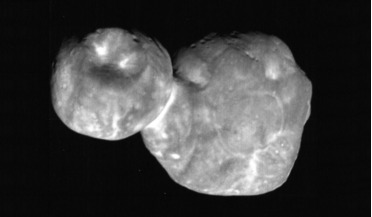 17 May 2019
First science results released on Ultima Thule
17 May 2019
First science results released on Ultima Thule
... (LEISA), reveals that its red colouring could be due to tholin-like complex organic macromolecules, produced from simpler species. Tholins are a broad class of complex organic molecules that are typically formed when ultraviolet light strikes simple...
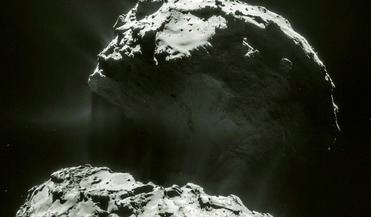 January 2020
Small body missions unveil interplanetary secrets
January 2020
Small body missions unveil interplanetary secrets
... rock and ice materials. As we have seen, this material continues to provide volatiles such as water and complex organic molecules to planetary bodies, thereby changing atmospheric and surface chemistry. One major unanswered question is where did all...
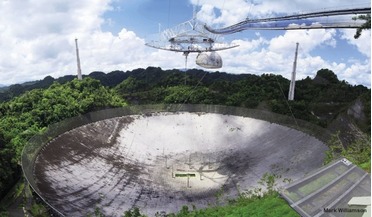 July 2021
Arecibo - an astounding legacy
July 2021
Arecibo - an astounding legacy
..., the planetary radar system found evidence of hydrocarbon lakes on Saturn’s moon Titan. And a few years later, complex organic molecules were discovered in Arp 220, the first Megamaser galaxy found by Arecibo in 1982. These...
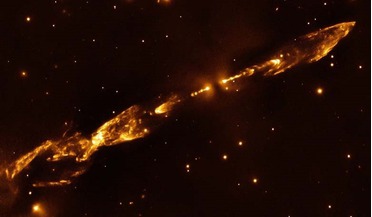 02 February 2016
First detected hot corino in Orion sheds light on low-mass star formation processes
02 February 2016
First detected hot corino in Orion sheds light on low-mass star formation processes
...molecular cloud collapses heats up the material surrounding the developing protostar, creating warm regions (?100 K) enriched by complex organic molecules (COMs). These regions are known as hot corinos and to date less than a handful of these objects...
 16 March 2016
Fog looms large on Titan
16 March 2016
Fog looms large on Titan
... is 1.5 times that of Earth’s, but unlike Earth, the lack of oxygen in Titan’s atmosphere allows for the production of complex organic molecules, such as poly aromatic hydrocarbons (PAHs) – rings of carbon and hydrogen atoms. In addition...
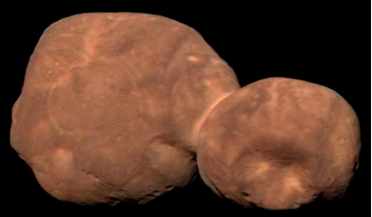 14 February 2020
Arrokoth helps resolve longstanding controversy on Solar System evolution
14 February 2020
Arrokoth helps resolve longstanding controversy on Solar System evolution
... have found that Arrokoth’s uniformly red, cold, surface is covered with methanol ice and unidentified complex organic molecules. Although water was not detected on Arrokoth, Grundy and colleagues offer several suggestions as to how methanol...